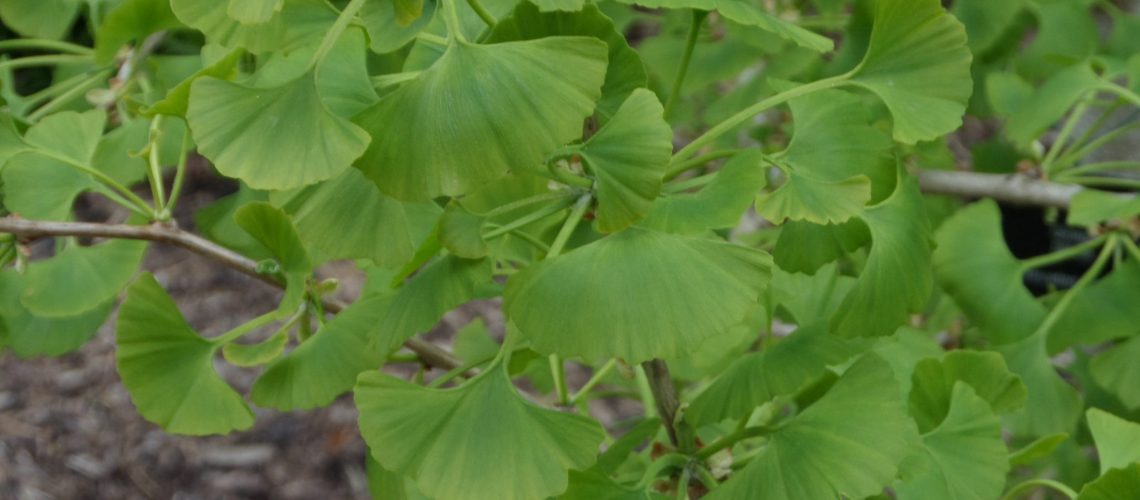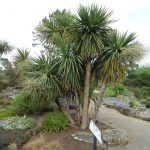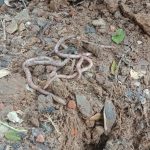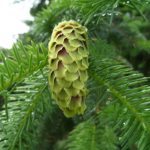Introduction
- The history of the earth dates back to about 3.8 billion years ago though the formation of the earth may date back to as early as 4.6 billion years ago
- During this period a number of plant forms appeared on the earth and then disappeared due to unfavourable situations such as extreme climatic conditions and natural calamities like earthquakes, landslides or even meteor strikes.
- The plants were buried in the earth and the subsequent geologic events such as weathering and deposition of sediments shed them into the deeper layers of the earth’s crust.
- Over time the buried plants started getting decayed and based on the prevailing climatic conditions and the nature of the plant body were preserved as such or were converted into rock. When the earth was dug up at a later time these plant parts surfaced and came to be called fossils.
- Both plant and animal fossils have been found but since plant cells are more resistant to degradation due to the presence of cell wall, plant fossils are more dominant.
- The branch of Biology that deals with the study of plant fossils came to be known as Paleobotany
- Certain chemical substances related to the preserved organism are also found without degradation and these are called as chemical fossils.
- Such fossils are important because they may act as biological markers in tracing the interrelationship between the present and past plant forms and in building a phylogenetic tree to study plant evolution.
- The dug out fossils are varied in form and seem to belong to different ages and hence it becomes essential to divide the history of the earth into time zones based on the available information so that it may be possible to explain the structure of the fossils with a greater clarity.
- Hence the geological history of the earth has been calculated using two important units namely time and strata
- Though the earth is 4 billion years old, the oldest rock formations date back to 3400 million years ago
- Thus the earth’s geological history has been divided into eons and eras for ease of understanding and convenience
- This is popularly known as the Geological Time scale
- The geological time scale not only throws light on the earth’s geological history but also indicates the flora and fauna that were present at different stages in the earth’s past until the present
Geological Time scale
A clear and concise account of the geologic formations, the continental drift events, the floral appearance and dominance at various stages of the earth’s formation
Eons
- These are the major landmarks in the geological history of the earth which are the Hadean Eon, Archean Eon, Proterozoic Eon and the Phanerozoic Eon
- The early geologic history of the earth is divided in to three Eons –The Hadean – Archean and Proterozoic Eons.
- Life originated in Hadean eon after the formation of the earth’s crust.
- The Archean Eon is the longest and extends from 4000 mya to 2500 mya –Early prokarytoes and algae originated in this eon
- Multicelled organisms arose in the Proterozoic eon which extended from 2500 mya 541 mya
- These three eons have a common era called Precambrian. This era showed the emergence of bacteria followed by simple multicelled organisms and complex multicelled organisms
- Following this is the Phanerozoic eon that dates back to 541 mya and is more recent.
- This eon shows emergence of a variety of flora and fauna and varied Geological events including the continental drift and formation of Mountain ranges and fold mountains.
- Phanerozoic eon is subdivided into eras which are further subdivided into Periods.
- As there are many landmark events in the Coenozoic era, and in the Cretaceous Period, for the sake of convenience and better understanding, Periods are further broken up into Epochs
- Phanerozoic eon has three eras included under it from dating 541 mya until recent as Paleozoic, Mesozoic and Ceonozoic
Paleozoic Era
- Paleozoic era also called the Age of Seed Ferns extends from 541 mya until 251. 9 mya. This period saw the Emergence and Dominance of the Seed ferns and has seven periods which can be listed as follows:
- Cambrian period extends from 541 mya to 485 mya and has seen the origin of Aquatic algae
- Ordovician period is also called the Age of Red Algae dominated by the Red sea weeds and Green algae extending from 485 mya to 443 mya.
- Silurian period saw the plant colonization of land and Origin of the First land plants in the form of the Bryophytes. This period lasted from 443 mya to 419 mya. Algae dominated this period and these were mostly calcareous forms. Climate of the earth started warming up.
- Devonian is the period when the earth’s climate got warm and humid. It lasted from 419 mya to 358 mya. It saw the origin of vascular land plants –the early Pteridophytes coming under Lycopsida and Psilopsida.
- Mississippian and Pensylvanian periods together also referred to as Carboniferous Period is the time when the Applachian revolution took place and lasted from 358 mya to 298 mya During this period Lycopods, Giant Horsetails (Calamitales), Pteridospermales, Lepidodendrales and Primitive Gymnosperms ( Cordaitales) were dominant.
- Permian is a period during which Glaciation took place on the earth and lasted from 298 mya to 251.9 mya. This period was the end of the Paleozoic era and gave way to the Mesozoic era. It saw the extinction of primitive Gymnosperms and arborescent Pteridophytes (tree-ferns)
Mesozoic Era
Mesozoic Era refers to the middle Age of the earth’s History and is popularly called as the Age of the Cycads. It extends from 251.9 mya to 66 mya. There are three periods – Triassic, Jurassic and Cretaceous
Triassic period is the one that showed a rise of the Cycads, Conifers and Ginkgoales. The earth’s climate was of the Warm Temperate type and it lasted from 251.9 mya to 201 mya. Break-up of the Pangaea started by the end of this period
Jurassic period is also called the Age of Dinosaurs with a Temperate Climatic condition. Dominance of Leptosporangiate ferns was seen and Origin of Angiosperms was initiated during this period which extended between 201 mya and 145 mya
Cretaceous period extended from 145 mya to 66 mya and showed the Laramide Revolution in the earth’s geography. This is further subdivided into three Epochs -Lower Cretaceous, Middle Cretaceous and Upper Cretaceous.
Of these Lower and Middle Cretaceous showed further development of Cycads, Conifers and Flowering plants with special reference to Families like Salicaceae, Lauraceae, Moraceae, Araliaceae and Sapindaceae.
Upper Cretaceous showed dominance of Angiosperms and decline of Gymnosperms
Coenozoic era
This era extends from 66 mya until recent and is called the Age of Angiosperms. It shows the fastest changes in floral and faunal forms and geography of the earth. It is subdivided into two periods – Tertiary and Quarternary.
Tertiary Period extended from 66 mya to 2.5 mya. It is further subdivided into Paleogene and Neogene.
Paleogene includes three epochs –Paleocene, Eocene and Oligocene and the Emergence of the Himalayan Mountain ranges was seen during this time. Paleocene showed the spread of Forests of Angiosperms. During Oligocene the woody Angiosperms dominated
Neogene included two Epochs – Miocene and Pliocene with spread of Grassy Angiosperms.
Quarternary Period included two Epochs -Pleistocene and Holocene extending from 2.5 mya till date
Pleistocene showed development of the modern climatic regions, ice ages and glaciations. Modern humans appeared and herbaceous dicotyledons dominated.
In Holocene upto the present extinction of large mammals and birds started and still continues with this extinction being extended to a large number of plant species.
We are into the Sixth extinction spasm now which is proceeding at a faster rate as compared to the earlier ones
Conservation of Biodiversity is the only solution!!!











